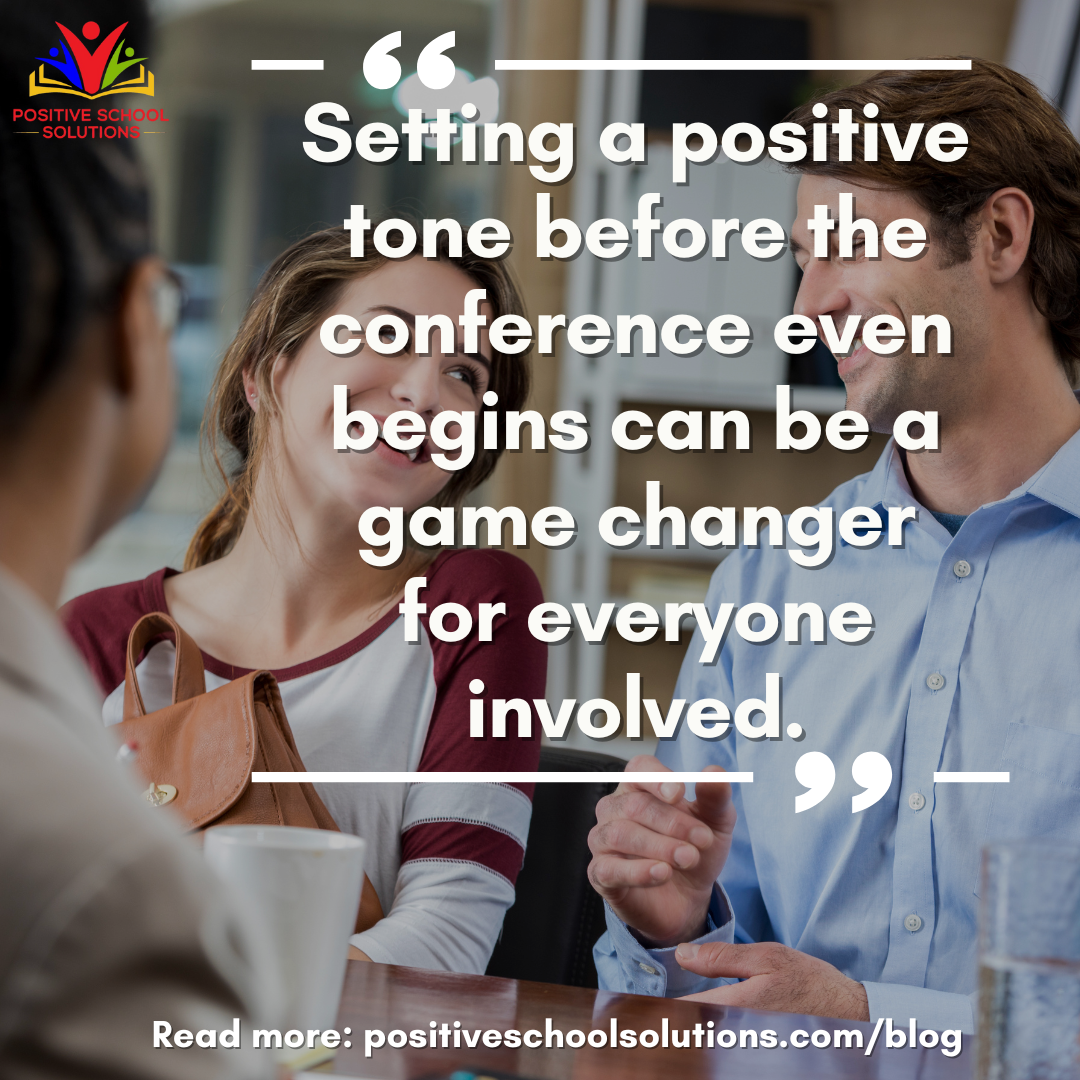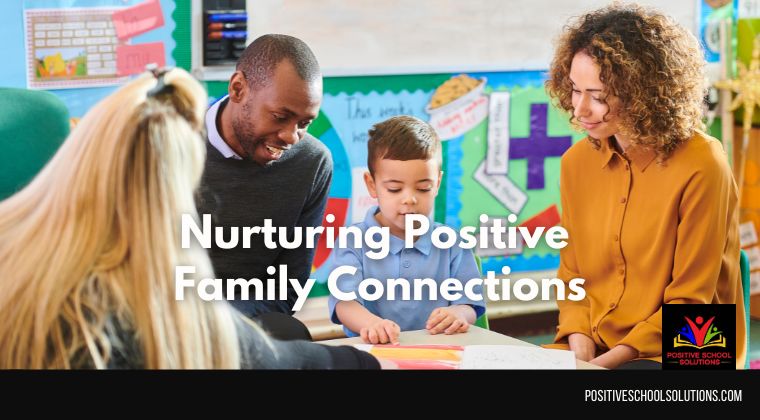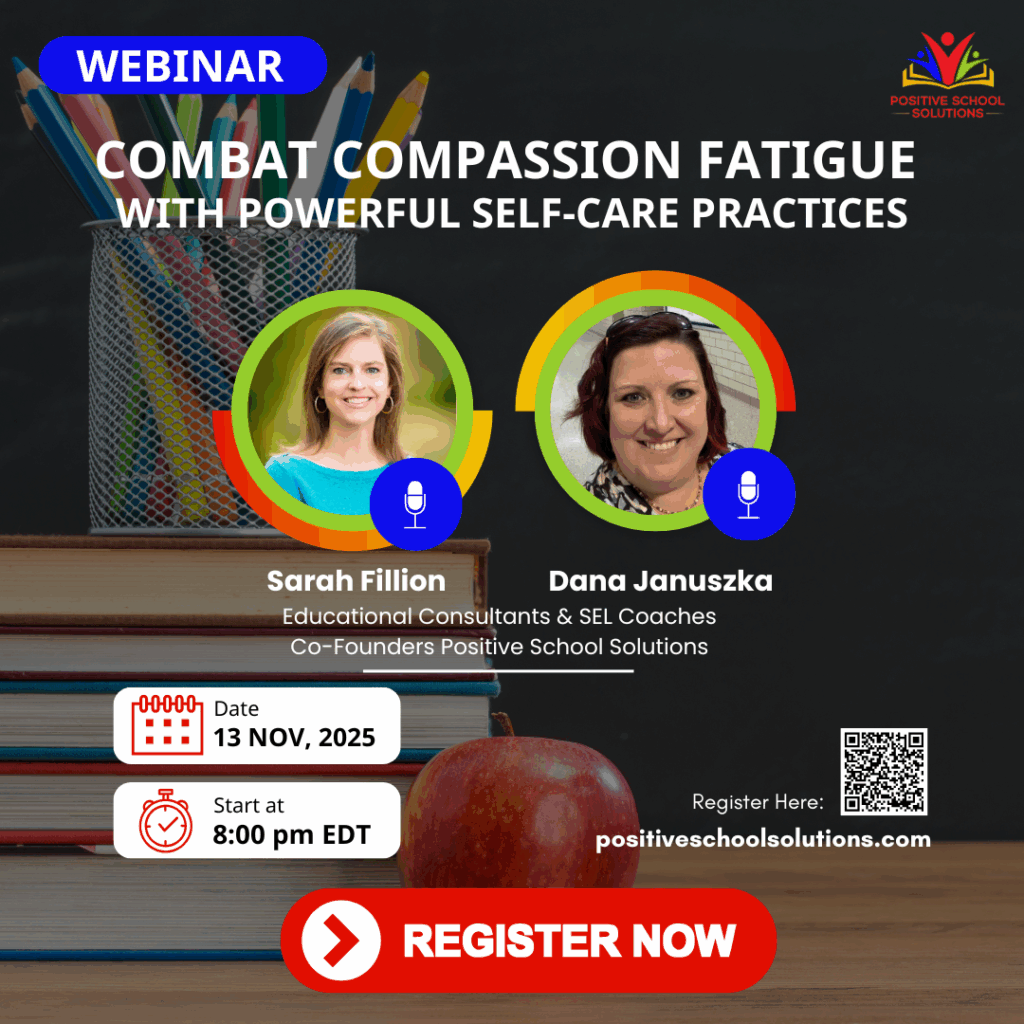 Throughout the week we are sharing tips and tricks for setting your conferences up for success… today’s focus is on what to do both before and after the conference to allow caregivers to feel comfortable working with you to help the child grow both socially and academically. Setting a positive tone before the conference even begins can be a game changer for everyone involved.
Throughout the week we are sharing tips and tricks for setting your conferences up for success… today’s focus is on what to do both before and after the conference to allow caregivers to feel comfortable working with you to help the child grow both socially and academically. Setting a positive tone before the conference even begins can be a game changer for everyone involved.
Let’s look first at some ideas for things to do before the conference…
Send invitations. Be sure to communicate the importance of attending conferences at back-to-school night and through other communication channels, and let caregivers know that they are a critical part of their child’s instructional team. When you send home information about conference dates and times, provide several meeting times to choose from. On the invitation, share that they’ll be encouraged to ask questions, because an effective conference is a conversation about their student. Here is a sample Google Form you can use for Conference Sign-Up – be sure to click the pencil in the lower right corner to make a copy so that the information comes to your email and so you can adjust the questions and text as needed.
Prepare your materials. You might prepare an outline or agenda for conferences to share in advance so your attendees know what to expect. Tomorrow we will share with you some specific examples for what to prepare in regard to information and work examples to collect, how to maximize your time, as well as a worksheet to note strengths and needs to help guide you through conferences.
Send a reminder. Especially right now, when things are feeling overwhelming to many, sending a reminder a few days before, and perhaps even again on the day of conferences, can be really helpful. Consider including reminders of where and when the conference will be held, as well as the meeting agenda.
If you’ll be video-conferencing, be sure to resend log-in information the day of the conference so it’s easily accessible. Also, have copies of materials ready to screen share or send home copies of artifacts you’ll be discussing so caregivers can have them in hand while you talk.
Welcome families before they enter the room (in person or virtually.) While they wait for you to wrap up with the previous conference, consider putting together a simple slide show showing photos or work examples that caregivers can view. You can play this on a chromebook on a continuous loop in the hallway if you are in person so you don’t have to worry about starting it over each time. Here’s a free template to get you started! Ensure equal representation of everyone in the classroom and refrain from giving kudos to specific students; this should be a way to celebrate the work that all the students in the class are doing.
If you are conducting conferences on Zoom this year, you can send a message to people in the waiting room while you wrap up your conversation. We find having this pre typed so you can copy and paste is really helpful! For example, “Hi! I’m looking forward to chatting with you in just a few minutes, while you wait for me to wrap up with my current conversation, here’s a link of photos you can check out to see our class in action! (insert link here) See you soon!”
After the conference, taking the time to check back in sends a powerful message to families about your partnership. There are some simple ways you can do this…
Send a thank you message. Sending an email or “reminder” message can go a long way. Many caregivers have to take time off work or hire babysitters to attend conferences, so consider taking the time to thank them in a letter or email.
An alternative is having students write thank-you notes to their caregivers for attending and supporting their learning.
In the notes, remind caregivers to contact you if they have any further questions or concerns. If you shared any websites they should be checking to monitor their child’s progress, consider sending them a list of those sites and log-ins for easy access.
Keep the conversation going. It’s helpful to think of conferences as the start of the conversation. As the year progresses, be sure to check in with caregivers to keep them informed of the student’s progress. If you shared during the conference that the student is struggling with something, as you see growth, be sure to share. This is easier said than done with so much on our plates every day. One tip that helped me was to jot a note in my planbook – if I said I would follow up in two weeks, then two weeks later I would write a note in my plans to “follow up with __’s guardian” so that I didn’t let it slide in the midst of all my daily tasks.
Missed a conference? With the stress and pressure we all are under right now, it’s both easy to understand why someone might miss a conference or be unable to attend… and it can feel frustrating to us as we wait for them. If someone misses their conference time, it can be helpful to have a message prepared for the waiting room again to say, “Hi! Sorry we missed each other. I am in my next conference now, but will reach out to you after to find another time that works for us. Look forward to talking with you!”
Along the same lines, be sure to contact caregivers who were unable to attend and offer alternative ways to communicate about their child’s progress. You might consider sending them some of the questions you would ask in person first, and then sharing your notes and responses to those questions, instead of just sending them the progress first. This shows the lines of communication are open and you can incorporate their feedback into what you send to them.
By taking time to create a warm welcome for caregivers before they even arrive in your classroom, you set the tone that you value their role in the student’s life, their time, and that you look forward to working with them. Similarly, by spending a little extra time after the conference to highlight your appreciation for their time and support, you continue to show your commitment to strong relationships with caregivers and show the importance of the home-school connection leading to academic achievement.
For more on building relationships with families, check out our On-Demand Course: Nurturing Positive Family Connections
Written by Dana Januszka & Sarah Fillion for Positive School Solutions 2020


